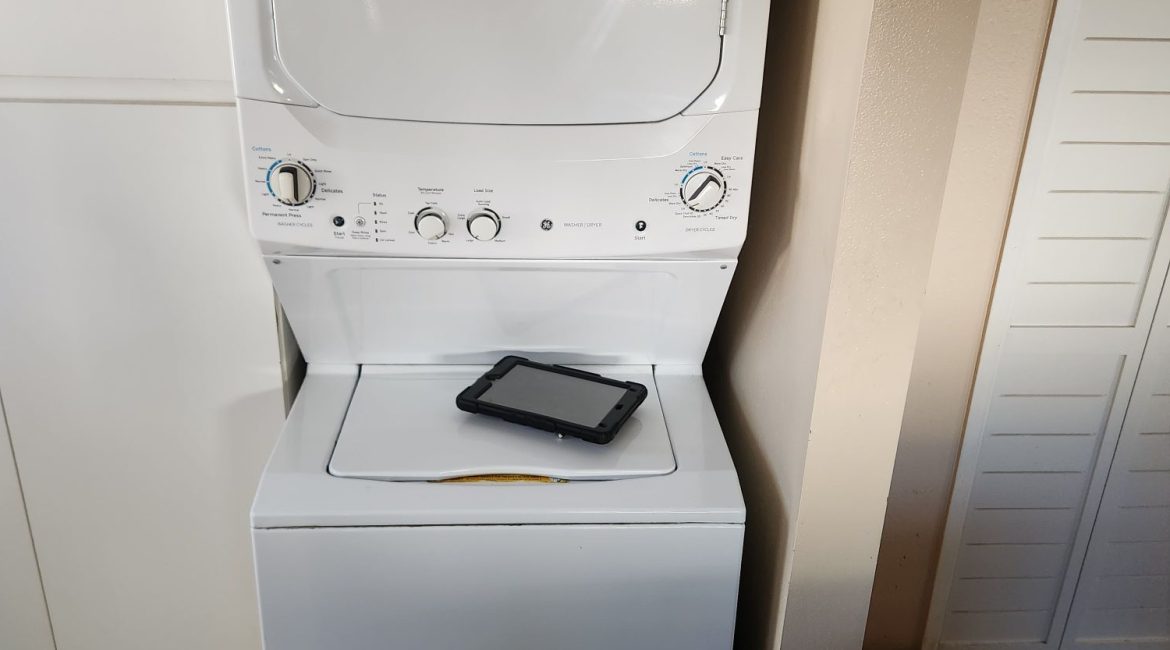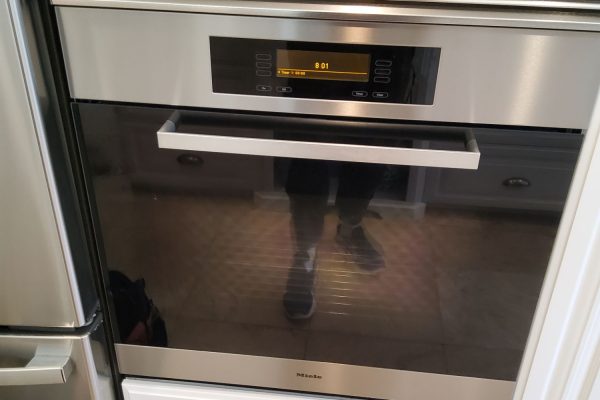The washing machine drum is a critical component that keeps your laundry routine running smoothly. A malfunctioning drum can not only disrupt this process but may lead to costly repairs if issues aren’t identified early. Recognizing early signs of drum-related problems can save you from unnecessary expenses and extend the life of your machine. Here’s how to spot potential drum issues and what to do about them.
Common Signs of Washing Machine Drum Problems
- Unusual Noises
Loud banging, grinding, or clanging noises during the wash or spin cycle are some of the first indicators of a potential drum issue. These noises may result from loose or foreign objects like coins or buttons stuck between the drum and tub. However, if you’ve checked for foreign objects and the noise persists, the problem could be with the drum bearings or support components.
⠀
- Excessive Vibration
A vibrating washing machine can indicate an imbalance in the load, but if you’ve confirmed an even load and the machine still vibrates excessively, it might be a sign that the drum is loose or its support components, such as shock absorbers or springs, are worn out. Unchecked, this issue can escalate to further drum and even motor damage.
⠀
- Visible Damage or Dents
Regularly inspect the inside of the drum for dents, cracks, or visible damage. Physical wear and tear can lead to sharp edges that snag clothes and weaken the drum’s structure. Dents and cracks often start small, so catching them early can prevent further damage and the need for replacement.
⠀
- Slow or Inefficient Spinning
If the drum spins slower than usual or doesn’t complete the spin cycle effectively, it could indicate a problem with the drum motor, belt, or internal drum components. Inefficient spinning might mean the drum isn’t properly aligned, which could lead to bigger mechanical issues down the line if left unchecked.
⠀
- Clothes Coming Out Damaged
If you notice clothes coming out torn, snagged, or with odd marks, it may indicate a drum problem. Damage to clothes can happen if the drum has developed rough patches, metal shards, or protruding edges, which can rub against fabrics and damage them during the wash cycle.
⠀
Causes of Drum Problems
⠀
- Overloading the Machine
Overloading is one of the leading causes of drum damage. When the machine is overloaded, it puts unnecessary strain on the drum bearings, shock absorbers, and springs, which can cause misalignment and increase wear. Always follow the manufacturer’s recommended load capacity.
⠀
- Foreign Objects
Small items like coins, buttons, and even loose screws can get lodged between the drum and the outer tub. Such items create friction, which not only damages the drum but also leads to wear on other mechanical parts. Always check pockets before loading clothes.
⠀
- Regular Wear and Tear
Washing machines, especially older models, experience natural wear over time. Constant use, coupled with the strong forces exerted during the spin cycle, can eventually wear down drum bearings and other supporting parts, making them more prone to malfunction.
⠀
Preventing Washing Machine Drum Issues
⠀
- Avoid Overloading
Sticking to recommended load limits is key to maintaining a balanced and smooth washing cycle. Spread clothes evenly inside the drum, which reduces strain on the drum components and minimizes the chance of imbalance and vibration.
⠀
- Use the Correct Detergent
Using high-quality, machine-compatible detergent ensures that no residue builds up around the drum. Residue can lead to deposits around the drum that harden over time, affecting its movement and efficiency.
⠀
- Regular Cleaning
Make it a habit to clean your washing machine every few months. Run a hot cycle with vinegar or a specially formulated washing machine cleaner to keep the drum and other internal components free from dirt, soap scum, and other buildup. This can prevent residue from affecting the drum’s motion or causing unwanted odors.
⠀
- Balance Your Loads
An unbalanced load can cause the drum to vibrate excessively, potentially leading to bearing and suspension damage. To avoid this, separate heavy items from lighter fabrics and, if possible, avoid washing large single items like blankets by themselves. A balanced load helps maintain the drum’s alignment and reduces wear on the supporting mechanisms.
⠀
- Inspect Regularly
Take a few minutes to check the inside of the drum after each wash for any signs of visible damage or foreign objects. Regular inspection is a simple way to detect problems early, allowing you to fix minor issues before they escalate.
⠀
While minor adjustments like load balancing can be managed at home, some issues need a professional touch. If you notice unusual noises, persistent vibrations, or if the drum isn’t spinning properly, it’s best to call an expert. Attempting to fix complex drum issues on your own could lead to further damage and higher repair costs.
⠀
Seeking Expert Help
If you’re experiencing drum-related issues with your washing machine, don’t wait until a minor problem becomes a costly repair. Contact Oceanside Appliance Service Center for professional washing machine repair services. Our experienced technicians can quickly diagnose and repair any drum issues, keeping your appliance running smoothly. Call us today to schedule an appointment, and let us help you avoid expensive repairs down the line.
Contact us


